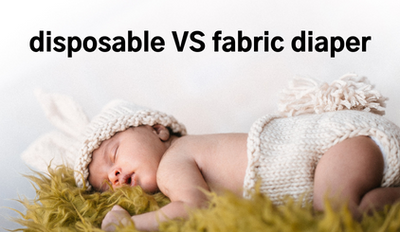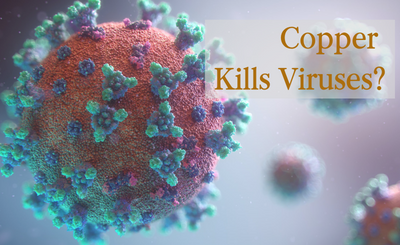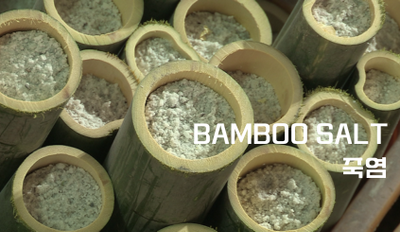disposable diapers are widely used because a variety of reasons such as convenience, functionalities (Absorbency, Leak protection) and cost-effective. Moreover, according to many researches that about 20 billion disposable diapers are discarded in the United States each year. The exact amount of waste generated by disposable diapers globally is not known, but it's likely to be substantial given the widespread use of disposable diapers in many countries. The disposal of disposable diapers can have significant environmental impacts, as they take hundreds of years to decompose and release harmful chemicals into the soil and groundwater.
Disposable Diaper Problems and Alternatives:
Health and Environmental Perspectives
Diapers are a staple item for families with infants and young children, but they can have both health and environmental implications. Disposable diapers contain chemicals that can cause skin irritation and diaper rash, as well as chemicals that can have long-term effects on the health of children and the environment.
Health Issues:
Disposable diapers contain chemicals such as dioxins, phthalates, and volatile organic compounds (VOCs), which can cause skin irritation and diaper rash. These chemicals can also enter the bloodstream and cause long-term health problems. In addition, disposable diapers can trap moisture against the skin, creating a breeding ground for bacteria and yeast.
Environmental Issues:
Disposable diapers are a major contributor to the world’s solid waste problem. They are not biodegradable and can take hundreds of years to decompose, releasing toxic chemicals into the environment as they do so. Disposable diapers also consume a significant amount of natural resources and contribute to greenhouse gas emissions through the manufacturing process.
Alternatives:
One alternative to disposable diapers is cloth diapers. Cloth diapers are made from natural materials such as cotton and are free from harmful chemicals. They are reusable and can be washed and dried, reducing the amount of waste sent to landfills. Cloth diapers are also more comfortable for babies, as they allow air to circulate and keep skin dry.
Advantages and Disadvantages of Cloth Diapers:
Advantages:
- Environmentally friendly
- Chemical-free
- Reusable
- More comfortable for babies
- Cost-effective in the long run
Disadvantages:
- More work for the caretaker
- Initial upfront cost
- Can be bulkier than disposable diapers
- Require access to a washing machine
How to Choose a Good Fabric Base:
When choosing a cloth diaper, it is important to consider the fabric base. The most common fabric bases used for cloth diapers are cotton, bamboo, and hemp. Each of these materials has its own advantages and disadvantages.
- Cotton: Soft and breathable, cotton is the most commonly used fabric for cloth diapers. It is absorbent and durable, making it a great choice for cloth diapers.
- Bamboo: Bamboo is an environmentally friendly alternative to cotton. It is soft and absorbent, but can be more expensive than cotton.
- Hemp: Hemp is a durable and absorbent fabric that is also environmentally friendly. It can be more expensive than cotton, but is long-lasting and provides excellent protection against leaks.

Things to Consider When Choosing Cloth Diapers:
Fabric base
- Absorbency
- Fit and comfort
- Leak protection
- Convenience and ease of use
- Cost
In conclusion, when choosing between disposable and cloth diapers, it is important to consider both the health and environmental implications. While disposable diapers are convenient, they contain chemicals and contribute to the world's solid waste problem. On the other hand, cloth diapers are environmentally friendly and free from harmful chemicals. When choosing cloth diapers, consider the fabric base, absorbency, fit and comfort, leak protection, convenience, and cost to make the best decision for your family.

See More Cotton, Bamboo Diaper --> Lieto Baby bamboo cotton diapers





-20230321012125.png)


Comments: 0